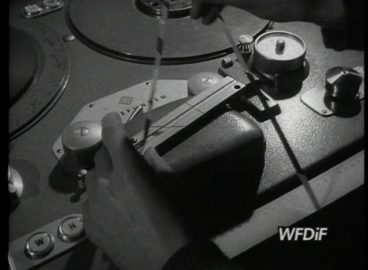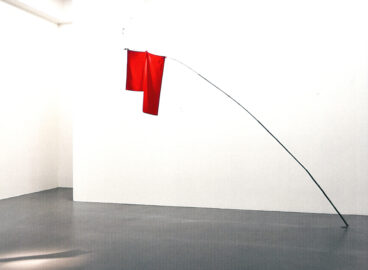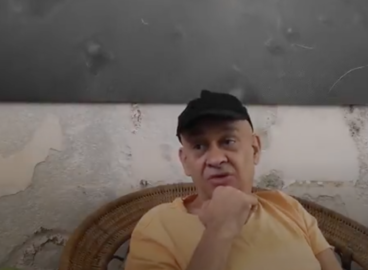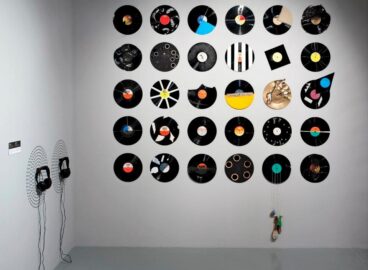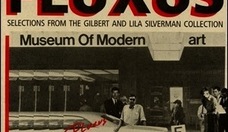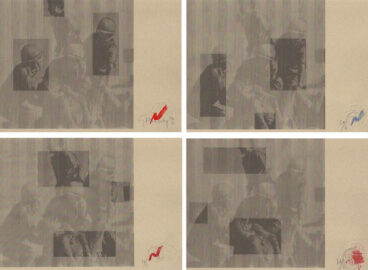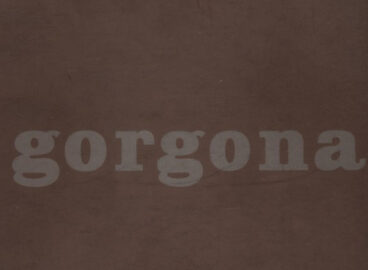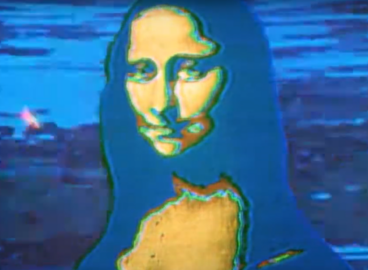Polish Radio Experimental Studio: A Close Look
The Polish Radio Experimental Studio (PRES), established in Warsaw in 1957 under the auspices of Poland’s official state broadcaster, provides a fascinating insight into the importance of a site as a key catalyst for avant-garde exploration and production.

